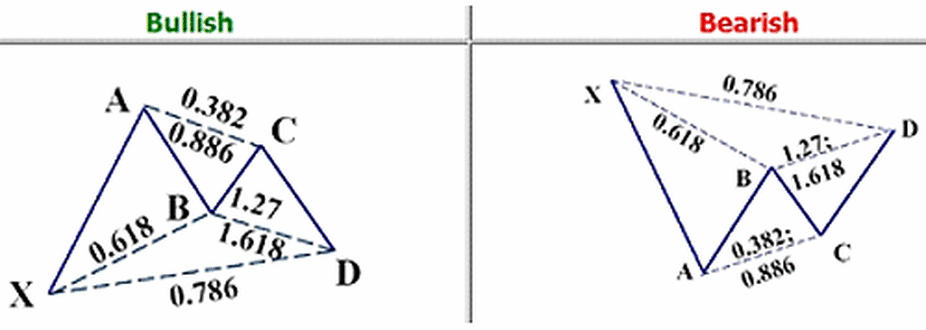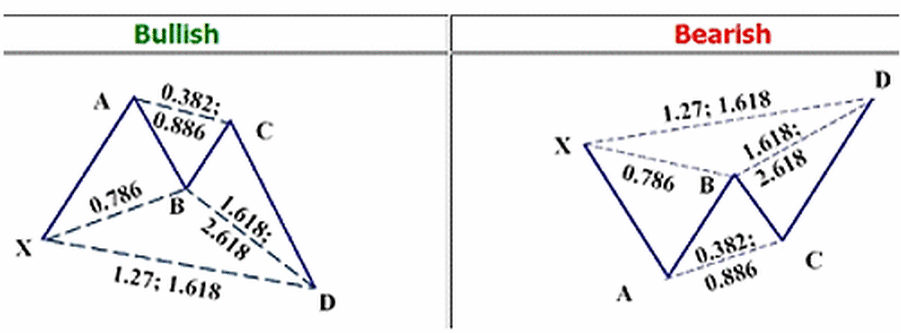Basic knowledge of risk management
 Every investment is subject to risk due to potential unfavorable price
changes. As the financial markets constitute a complex system with many
factors influencing the demand and supply at the same time, it is
important to know that the result of practically any given transaction
is uncertain.
Every investment is subject to risk due to potential unfavorable price
changes. As the financial markets constitute a complex system with many
factors influencing the demand and supply at the same time, it is
important to know that the result of practically any given transaction
is uncertain.
Risk management depends very much on the types of assets the trader is
interested in. In this text we would like to discuss the tools that can
be used in order to minimize potential losses resulting from adverse
price changes:
- study the different types of assets
- plan your strategy
- establish the maximum acceptable risk
- use the different order types.
Study the different types of assets
It is crucial to first understand the liquidity.
Depending on the type of asset you are interested in, there may be more
or less volatility related. The higher the volatility, the higher the
financial risk associated with the given market. This means that
operating on a such market involves potentially higher profits and
losses than in the case of markets with lower volatility. There are
markets where there is not much movement, while others change very often
and the price changes may be quite significant.
Another important issue is the spread - i.e. the difference between the
ask price and bid price. Different assets have different spreads, as
the spread size depends on such factors as liquidity of the market, its
volatility or time of the day. As the spread represents an indirect cost
of the transaction for a trader, it can be related to the volatility
in order to compare the cost of transaction between the given markets.
For example, the cost of operating on a market where the spread is 4
points and the difference between daily maximum and minimum is equal to
60 points, can be considered to be more attractive than in the case of a
market where the spread is 2 points, but the daily price range is just
20 points.
Plan your strategy
It is imperative to decide what type of investment strategy is to be implemented
The strategy shall define the key aspects of the trades, including
their time horizon. There are assets where it is difficult to trade in
the short term, as the cost of transaction is relatively high in
relation to the size of typical price movements. However, it is still
possible to consider such markets for the purposes of investment in the
longer term, cost carry transactions or possible arbitrage. On the other
hand, assets that change very often could provide a good possibility
for transactions in the short and ultra short term.
Establish the maximum acceptable risk for an investment or trade
Important step that many investors seem to ignore
It may be a good idea to establish a maximum amount of money that
he/she is willing to risk in any given transaction. Such an amount can
be defined as a percentage of the available capital. Considering an
example where the trader is willing to risk no more than 3% of
the portfolio, 3% of that amount would mean that the investor is willing
to “risk” no more than $300 USD in a trade.
The limit calculated as shown above, or using any other method, can be
taken into account when considering where to set the stop loss or close
the transaction by any other means. In order to do that, one should also
consider a value of pips. Assuming that for a specific asset the pips
value is equal to $10 USD, and the acceptable risk is $300 USD, then a
trader may consider placing a stop-loss with a value of 300/10 = 30 pips
from the level where the transaction was opened.
Use the different orders.
Understanding the possibilities behind the pending orders of the trading platform may contribute to more efficient trading plan
There are many different orders available at the MT5, which can
potentially help to realise profits or limit the losses during the
investment process:
- Market orders - buy/sell
- Stop loss
- Take profit
Market orders (or instant execution orders): these are simply orders (buy or sell) that are executed instantly at the time they are placed.
Stop-loss: stop-loss orders are additional orders
available for both pending orders and market orders. They can also be
attached to already opened positions on a given market. These types of
orders are the most basic orders designated for limiting the potential
losses, for example when an investor is not able to follow prices all
the time. A trader establishes stop-loss levels by either specifying the
level in points from the current price or by specifying an exact price
level. For long positions, the stop-loss value must be lower than the
current price. For short positions, the stop-loss value must be higher
than the current price.
Take-profit: Take profit is an additional order
available for both pending orders and market orders. They can also be
attached to already opened positions on a given market. The difference
between this order and the stop-loss order is that in the take-profit
order, a trader will fix the exact profit he wants to realise.
Sometimes, investors are not actually sure how much a price will
continue its direction, so they fix a value for which a profit is
guaranteed if the price reaches that level. For long positions, the
take-profit level must be above the current price. For short positions,
the take-profit level must be lower than the current price.
Pending orders: Pending orders will be placed
immediately but executed only when the price has reached a previously
determined price. There are six types of
orders available as pending orders:
orders available as pending orders:
- Buy limit
- Sell limit
- Buy stop
- Sell stop
- Buy stop limit
- Sell stop limit
Buy limit: an investor is willing to buy an asset when
the price has reached a certain level. At the time of placing of an
order the market price must be higher than the one specified as the buy
limit price. In this situation, investors believe that prices will fall
to a certain level and will later rise.
Sell limit: an investor in this case is willing to
sell an asset when the price has reached a specified level. At the time
of placing an order, the market price must be lower than the one
specified by the investor (sell limit price). This approach reflects the
belief of the trader that prices will reach a certain level (the sell
limit price level) and then start falling.
Buy stop: by placing a buy stop order an investor
expects that if prices reach a certain level (buy stop price), they will
keep on rising. The price at which the transaction is concluded will
be less favourable than the current market price. However , the fact of
reaching that level could be interpreted as a confirmation signal. Once
executed, this order will buy an asset after reaching a level defined by
the investor. The market price at the time of placing the order must be
lower than the defined buy stop level.
Sell stop: by placing a sell stop order a trader
expects the prices to keep on falling, once a certain level (sell stop
price) below the current market price is reached. Reaching this level
can also be interpreted as a confirmation order of the investor’s
prediction. Once executed, this order will sell an asset after reaching a
level previously established by the trader. The market price at the
time of placing the order must be higher than the defined sell stop
level.
Buy stop limit: It is combines both buy stop
and buy limit features. This order will place a pending order (buy limit
order) only if the price previously reaches a defined price by the
investor. One may say that this is a conditional pending order, that
will only be executed when the price reaches a certain level. To place
this order the current price must be lower than the conditional price
level - i.e. the price which activates the pending order.
Sell stop limit: This is a conditional pending order. An order will
be placed if and only if a price reaches a price level previously
defined by the investor. To place this conditional order, the current
market price level must be higher than the conditional price. Once
prices start falling and reach the conditional price level a new sell
limit order will be placed.







































